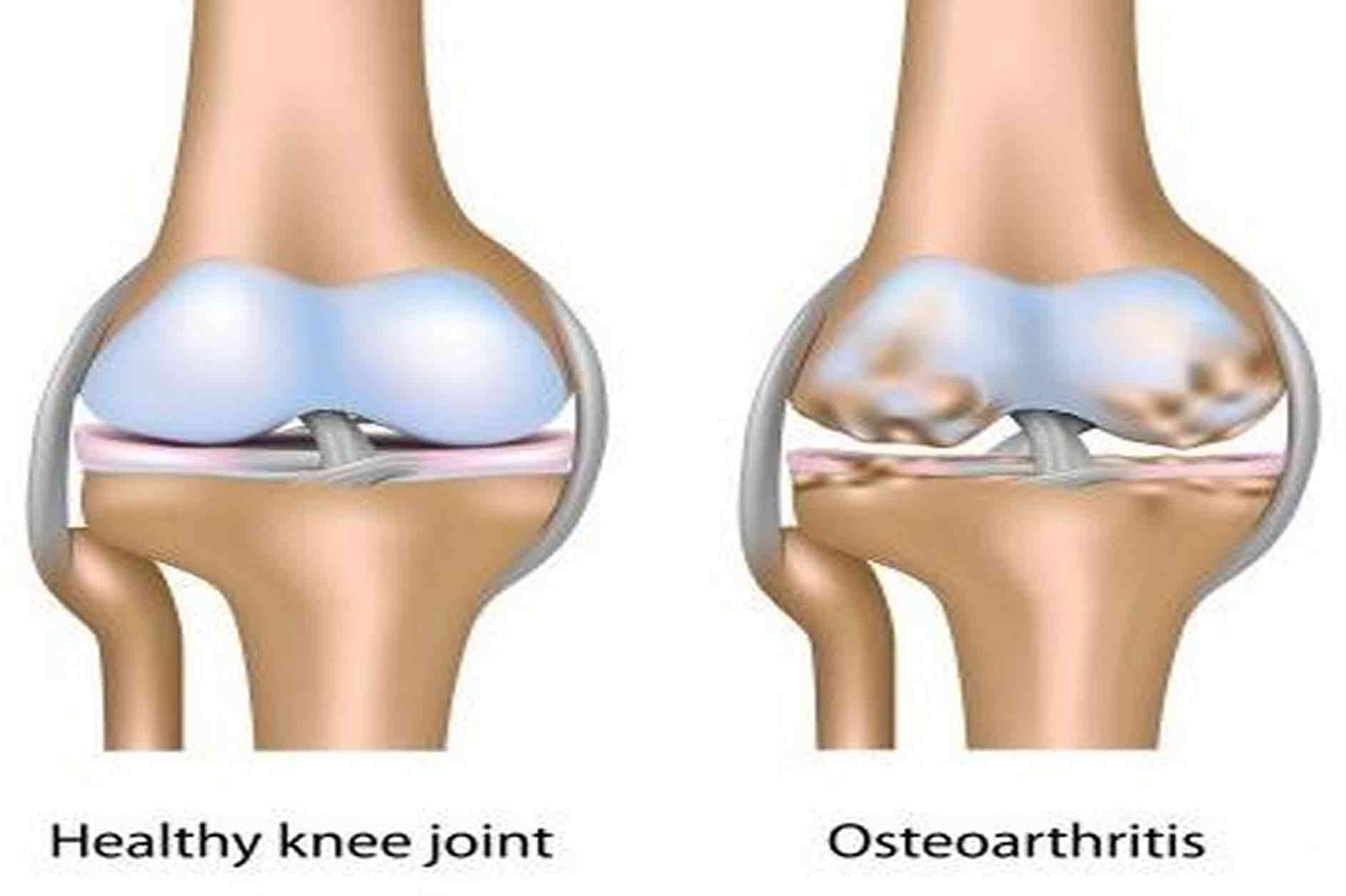What are the Two Types of Arthritis?
Posted on September 18, 2017 by admin
Arthritis is a common medical term many of us have heard about. There is also a lot of us who has experienced or is at risk for it. However, did you know there are 2 types of Arthritis?
The first type is osteoarthritis. This is defined when there are tears and wears of the cartilage at the end of the bones. As the cartilage is wearing out, the joints are rubbing against each other more frequently. This type is more commonly present in individuals who are over the age of 65. Factors such as obesity and overuse of the cartilage area can increase your risk of developing osteoarthritis. The symptoms associated with osteoarthritis are morning stiffness, pain which is decreased with movement, swelling, and any cracking and/or clicking sounds occurring in the joint area.

The second type is called rheumatoid arthritis. This is an autoimmune disorder where it identifies normal functioning joints as abnormal therefore resulting in inflammation and pain. If inflammation isn’t taken care of, it can cause further damage to your cartilage and joints. Rheumatoid arthritis is commonly found in females who are 30-60 years of age. Symptoms associated with rheumatoid arthritis are similar to osteoarthritis but the stiffness and pain does not improve with movement.

If you have arthritis, what should you be doing? You can always try some stretches to help relieve arthritis pain. Always consider warming up before your stretches to prevent more pain from developing and try to do stretches during the least painful time of the day. If you move from time to time, it can actually relieve some pain and stiffness as well as using labor-saving devices and adaptive aids.
Just because you are experiencing arthritis, it doesn’t mean that you are limited to physical activity and exercise. Some exercises can help with rheumatoid arthritis. Consider putting aerobic conditioning, resistance training, stretching and flexibility exercises, and balance exercises into your active lifestyle, which all of these can help ease rheumatoid arthritis.